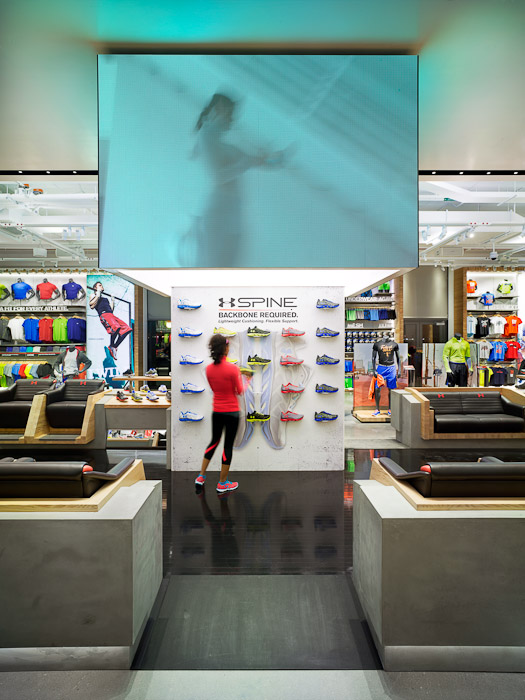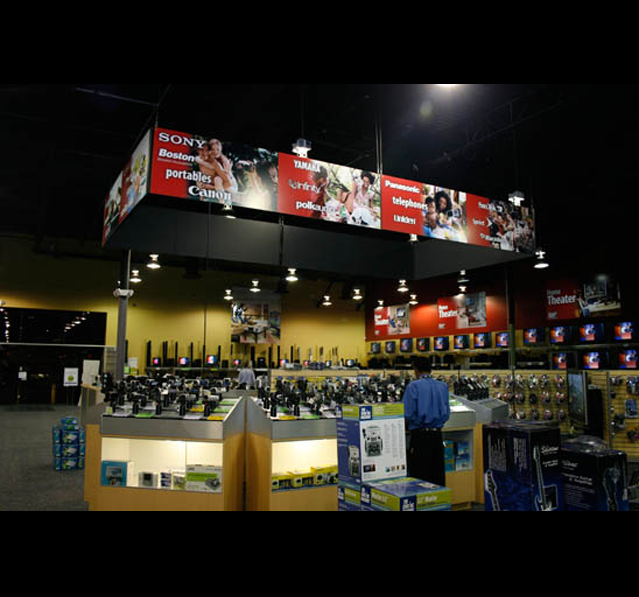Visual Merchandising
While visiting the average retail store, there are some standard practices that jump out to help customers navigate the store and find what they are looking for. Normally you’ll find carefully curated product fixtures that highlight certain products that are for sale and in turn create high-converting products using fixtures of all sorts. These fixtures catch our attention and they are arranged with care and intent to give the best visual merchandising appeal possible to help sell products. To take it one step further and help lift sales even higher, we need to put ourselves in the shoes of the customer.
Visual merchandising is one of the best salespeople we have… it’s efficient and can be very productive in optimizing your retail store to encourage customer interaction with your products (and maximize revenue!). Visual merchandising is a broad arena and can cover everything from creating fixtures that are interactive, to effective window displays, to the drawing the eye of prospective customers, to signage and your store layout – to touch on a few. We are going to focus on seeing through the eyes of your customer.
Creating effective merchandising display areas or fixtures in your store is not an accident and below we are going to unpack a few considerations to jump your sales with high converting, sales lifting merchandising and fixtures – specifically by thinking like our customers. It can be an art, just as much as it is a method, to catch your target customer’s attention and trigger a purchase.
Think Like Your Target Customer
Put yourself in the shoes of your target customer and try to take on their persona to understand their wants and needs… how they think. This step often gets overlooked and yet will help tremendously when creating effective visual merchandising and product fixtures. Demographics and data about your customers’ income levels, ages, and education level all contribute to uncovering deeper insights into their behaviors that drive how we approach merchandising to them.
To state it simply, target more than individual customers—also examine their lifestyles. A good starting place to begin is doing some of this research by combing through customer data you have in your POS system, giving you insights into purchase histories, usage habits (such as promotions like coupons used) and see where the information points you… it can bring to light many helpful pieces of information to make decisions on.
For example, Red Bull understands exactly who they are targeting and does not deviate from appealing to their customer demographic. They market by “fanning the flames” of the average male between the ages of 18-34 and reflect this group in every aspect of their brand. I recently went to a NACS trade show in Las Vegas and swung by the Red Bull exhibit and the music was “rocking” and they had both BMX and skateboard elite athletes doing tricks in the exhibit. The exhibit was packed. It was not packed with 50-60 year-old men… it was not designed to attract that demographic. Red Bull did what they set out to do – appeal to their demographic.
Red Bull is mainly targeting a segment based on their interests (in addition to age/gender)—active outdoor activities, the risk takers and generally those having fun. They led out by sponsoring “edge sport” athletes, such as Formula 1 drivers, BMX racers, mountain bikers, skateboarders and base jumpers. Even going so far as sponsoring “e-sports,” which does not have many well-known brands behind them.
Once you have a concise definition of who you are going to target, it makes the rest of your marketing and merchandising much easier, because you have a clear target of who you want to reach.








